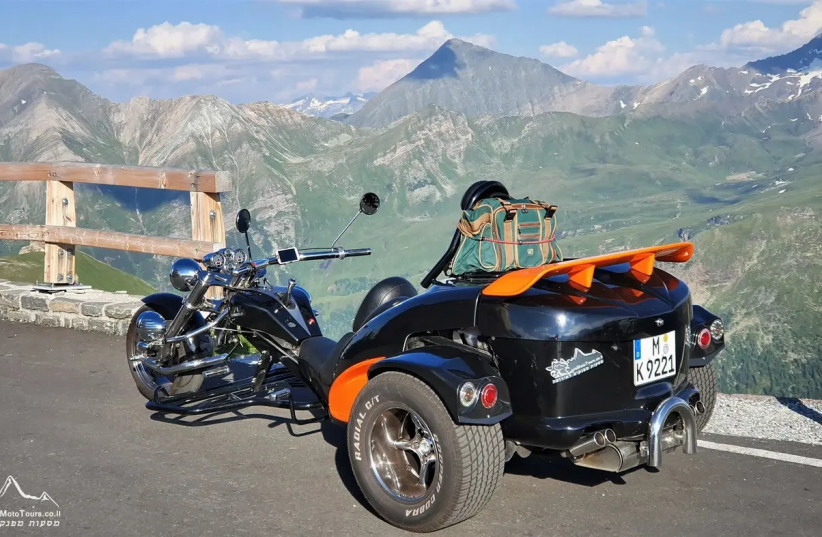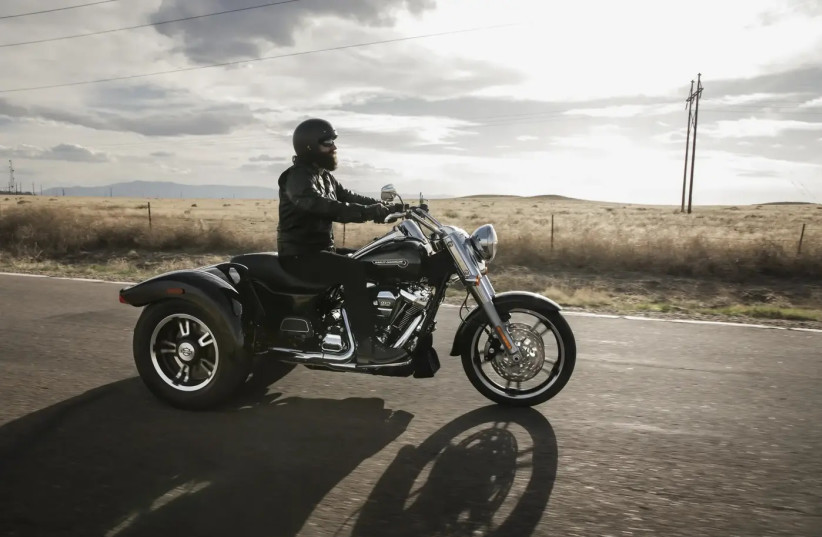A trike is one of the strange creations that the motor world has to offer. On the surface, this combination of a front part of a motorcycle but a pair of wheels at the back, like a car, creates a blend of the worst in both worlds - the lack of comfort of a car along with all its width restrictions. Add to that high weight, limited maneuverability, mediocre performance in some cases, and the list goes on. Yet, in the land of unlimited possibilities and the spiritual homeland of the trike - the United States - they have a special status and a devoted and massive fan base.
Recently, the Transportation Ministry began an accelerated approval process for regulations for such vehicles, which will allow their regular importation into Israel. Expectations in the motorcycle market are that such approval and even the start of marketing are likely to happen within this year.
Today in Israel, we are familiar with three types of vehicles that use a combination of handlebars and three wheels - standard, special, and makeshift. The standard and most common type are three-wheeled scooters like Piaggio MP3, Yamaha Tricity, or motorcycles like Yamaha Niken. The second type, the special ones, are motorcycles or scooters with a sidecar - a historical car alternative that is no longer common today, but there are still collectors who preserve this beauty. And the third are the "makeshift" ones - all those electric vehicles without permits and licenses, mainly found in Tel Aviv along the railway line and its south. As a bonus, through the leniency of the Transportation Ministry and the police, these vehicles are exempt from any insurance obligations and, apparently, traffic law enforcement as well.

However, there is a third type of three-wheeled vehicle called "trikes" - a combination of "tri" - three and "bike" - motorcycle. These vehicles use the front part of a motorcycle, to which a rear subframe with two wheels is connected. These vehicles, which were originally created by Harley Davidson in the early 1930s as a practical solution for transportation during the Great Depression, have become somewhat of a phenomenon as people started building their own machines that combine the riding experience of a motorcycle with stability and the ability to carry a higher load.
For decades, these vehicles were built by relatively small workshops primarily in the United States, but also to a lesser extent in Europe, mostly in Germany. There, one can see such vehicles produced by BOSS with 1.5 and 2.0-liter Mitsubishi engines, automatic transmissions, and cargo compartments that shame even a supermini car - up to 350 liters. In 2009, Harley Davidson decided to officially enter this event as a manufacturer. If our motorcycles already serve as a base and there is demand at its price - why not profit from it as well? They asked and decided to design one themselves.
With a range stretching from the relatively basic FreeWheeler to a monster like the Tri Glide Ultra. Just to get things straight: a length of 2.67 meters, a weight of 550 kg, a 1.8-liter engine with about 90 hp geared for torque and less for power, and a cargo compartment of 192.5 liters - that's just 50 liters less than a Kia Picanto, for example. The prices are also very impressive, starting at $38,000 in the United States - equivalent to a Hyundai Ioniq 6 there. Initial estimates talk about NIS 500,000 or more, for one of the most unique and head-turning vehicles on the road.
As much as these vehicles are attractive and very unique, there are many drawbacks in using them. They are not the transportation solution provided by three-wheeled scooters, but mainly leisure and pure touring vehicles. Their steering mechanism is awkward, and completely different from that of a regular motorcycle, parking is as tricky as any vehicle and starting in traffic is no picnic at all. But hey, who said fun has to be logical or practical?
No response was received from the Transportation Ministry.

